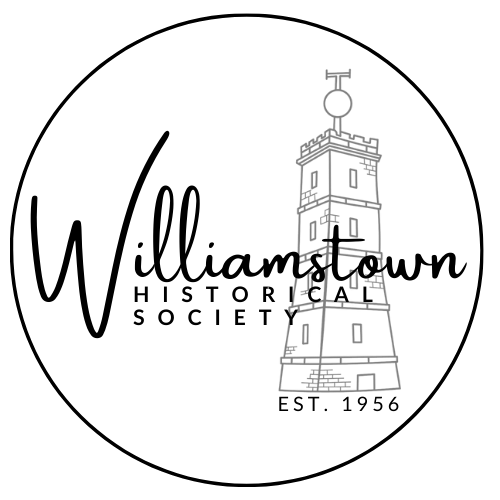If you are interested in learning about the history of your house, first ask your neighbours. Someone local may know the full story, including the builder.
The local library has a microfiche of old directories where houses are listed in order for each street, year by year, during the 1800's.
To look at post-1900 Sands and McDougal Directories, you will need to go to the State Library of Victoria, Melbourne. Start from the year you know, and work backwards, noting the resident's name and the neighbours also, until the entries cease.
You can also visit the Public Records Office in North Melbourne, to access microfilm copies of Williamstown Rate Books from 1858 onwards.
You can visit the North Melbourne Public Records Office
Start your search a few years before the directory entries stopped. Note the owner, lessee, description, and rates until only the land is rated.
To determine the date your house was built, start by checking a specific date and work backward for at least two years. You may find relevant information about the construction or demolition of the property in local newspapers, such as advertisements for tenders or notices of previous building demolition.
You can try contacting the Hobson’s Bay Council Building Department to obtain a map that shows your allotment and section number. With this information, you can go to the Titles Office or consult your solicitor to search for the deeds of your house. You may request photocopies of the deeds, which will provide you with details about the owners and lessees of your house, as well as any changes that have been made over time.
It's recommended to contact Melbourne Water to access your house's complete 'service cover' for checking drainage and structural changes.
To find information about the sale notices, subdivisional maps and plans, aerial photographs, district maps, and houses in 1894,he newspapers, Melbourne Metropolitan Board of Works (MMBW) maps, and visit the State Library Map Collection. Additionally, you can view the local library microfilms of the local newspapers to gain more insights. you can check t

















